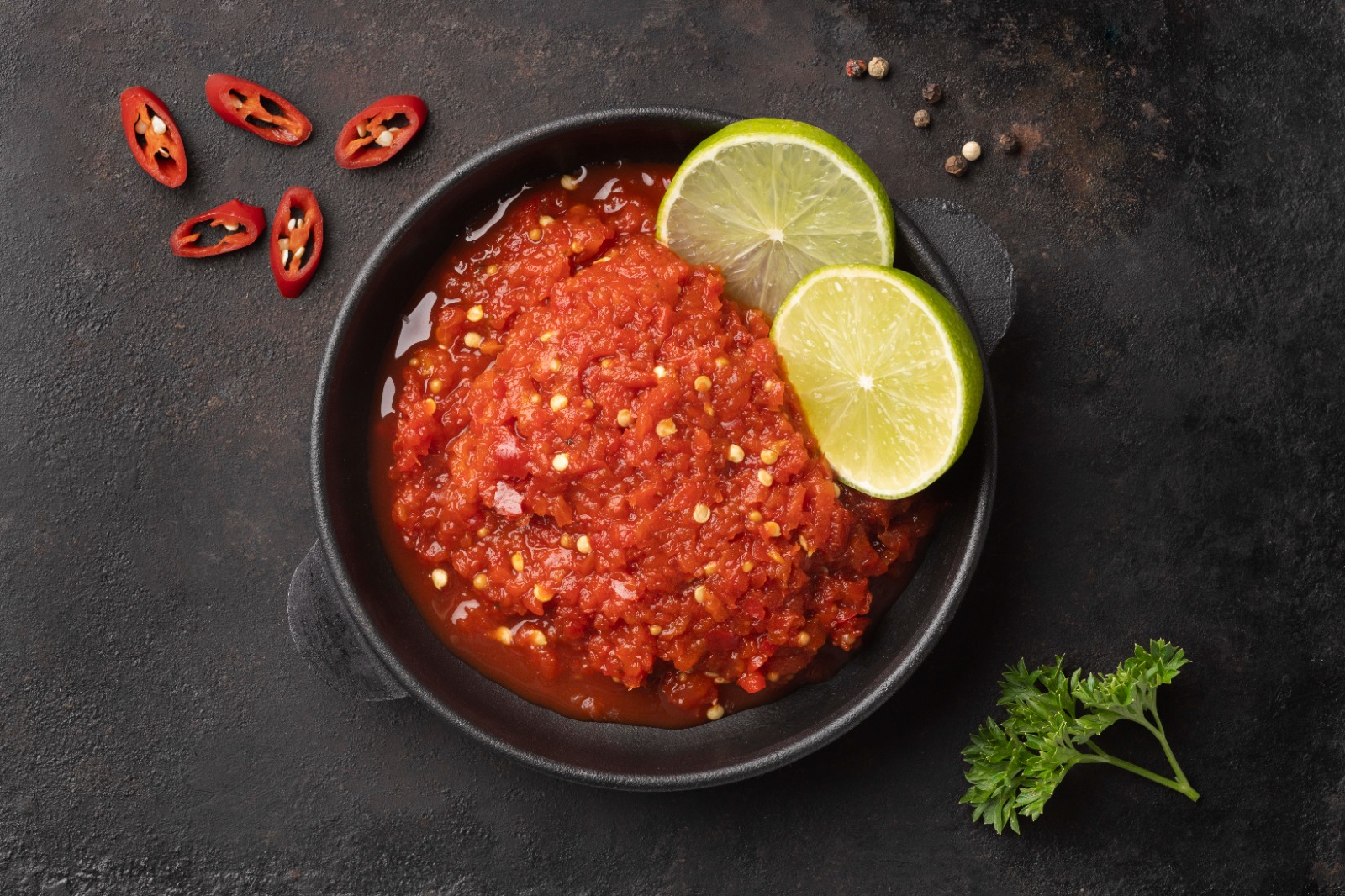risingtideproject.org – Sambal is an essential condiment in Indonesian cuisine, known for its fiery and flavorful kick. This versatile chili paste is a staple in many Southeast Asian households and is used to enhance the taste of a wide variety of dishes. With its bold flavors and varying levels of heat, sambal is beloved by spice enthusiasts and has become a symbol of Indonesia’s rich culinary tradition.
The Cultural Significance of Sambal
In Indonesia, sambal is more than just a condiment; it is a cultural icon that represents the love for bold and spicy flavors. It accompanies almost every meal and is an integral part of the dining experience. The art of making sambal is often passed down through generations, with each family adding their unique twist to the recipe.
Sambal is also a symbol of hospitality, often made fresh to accompany home-cooked meals and shared with guests. It embodies the spirit of Indonesian cuisine, where flavors are celebrated and meals are a communal affair.
Ingredients and Preparation
The basic ingredients of sambal include fresh or dried chilies, salt, and vinegar or lime for acidity. However, the variations are endless, with additional ingredients such as garlic, shallots, shrimp paste, tomatoes, and sugar used to create different flavors and textures.
The preparation of sambal can be as simple or as elaborate as desired. Fresh chilies are typically ground using a mortar and pestle to release their natural oils and enhance the flavor. The resulting paste is then fried or mixed with other ingredients to create a harmonious blend of heat and taste.
Variations of Sambal
There are countless variations of sambal across Indonesia, each with its unique flavor profile. Some popular types include:
- Sambal Oelek: A simple, raw chili paste made with ground red chilies and salt, often used as a base for other sambals.
- Sambal Terasi: Made with shrimp paste, this sambal has a rich, umami flavor that pairs well with seafood and grilled dishes.
- Sambal Matah: A Balinese variant made with raw shallots, lemongrass, and lime, offering a fresh and zesty taste.
- Sambal Bajak: A cooked sambal with tomatoes and shallots, providing a milder, sweeter flavor.
The Global Appeal of Sambal
Sambal’s bold flavors have captured the attention of spice lovers worldwide. As Indonesian cuisine gains popularity, sambal has become a sought-after condiment in international markets. Its versatility allows it to be used not only in traditional dishes but also as an exciting addition to global cuisines, enhancing everything from stir-fries to sandwiches.
Conclusion
Sambal is a vibrant and integral part of Indonesian culinary culture, offering a fiery burst of flavor that elevates any dish. Its rich history and diverse variations make it a fascinating condiment to explore for both home cooks and professional chefs alike. Whether you prefer it mild or extra spicy, sambal invites you to experience the bold and exciting world of Indonesian cuisine.
